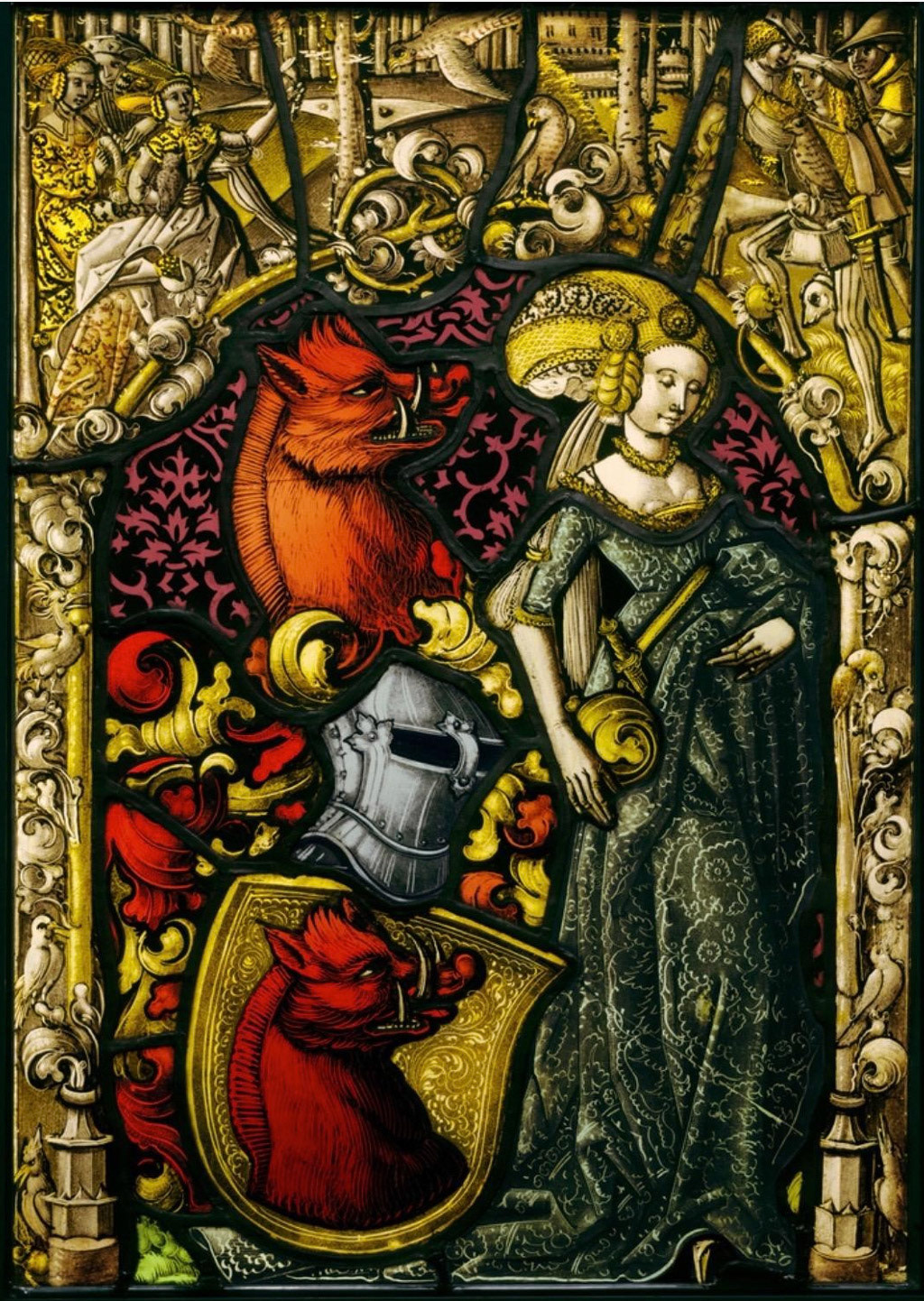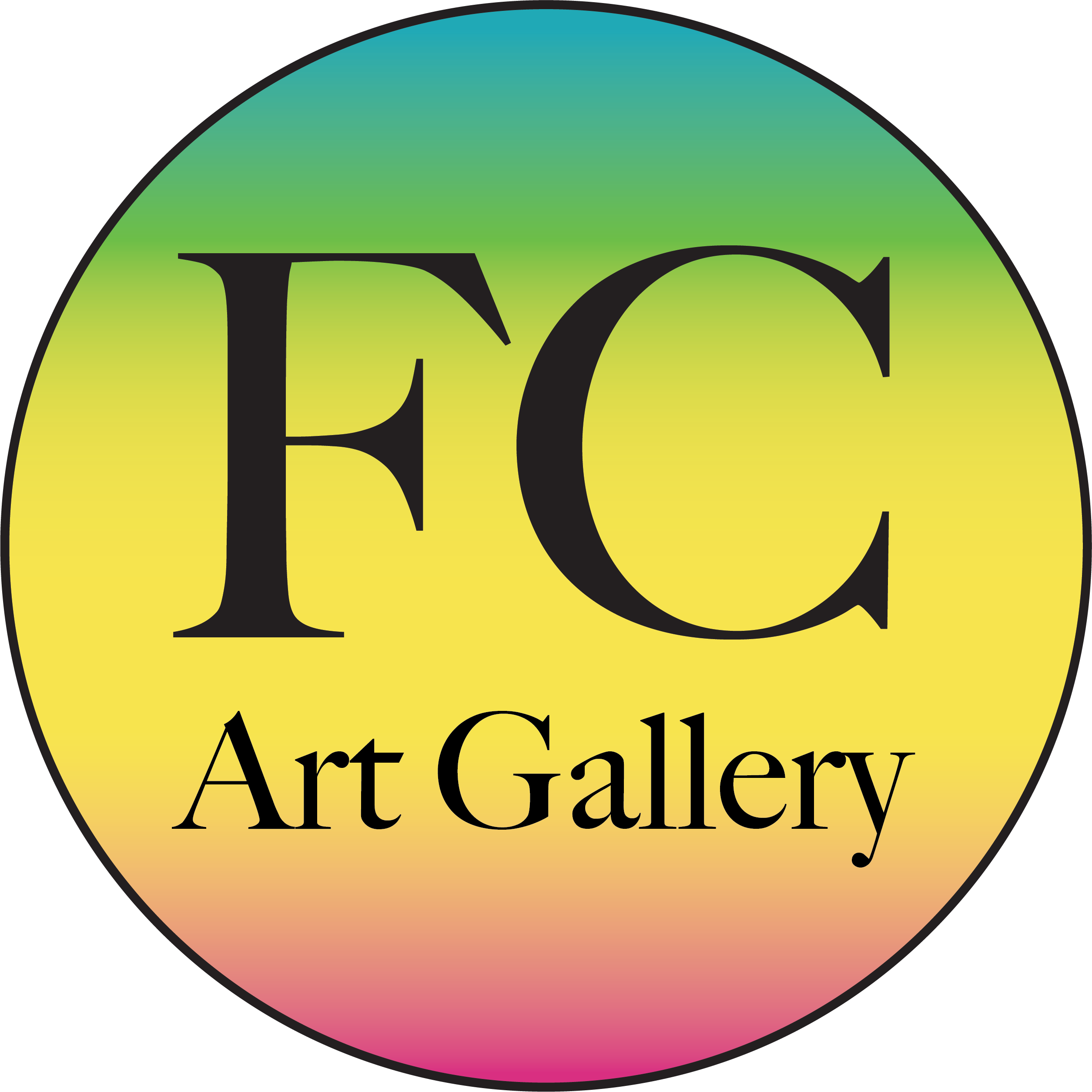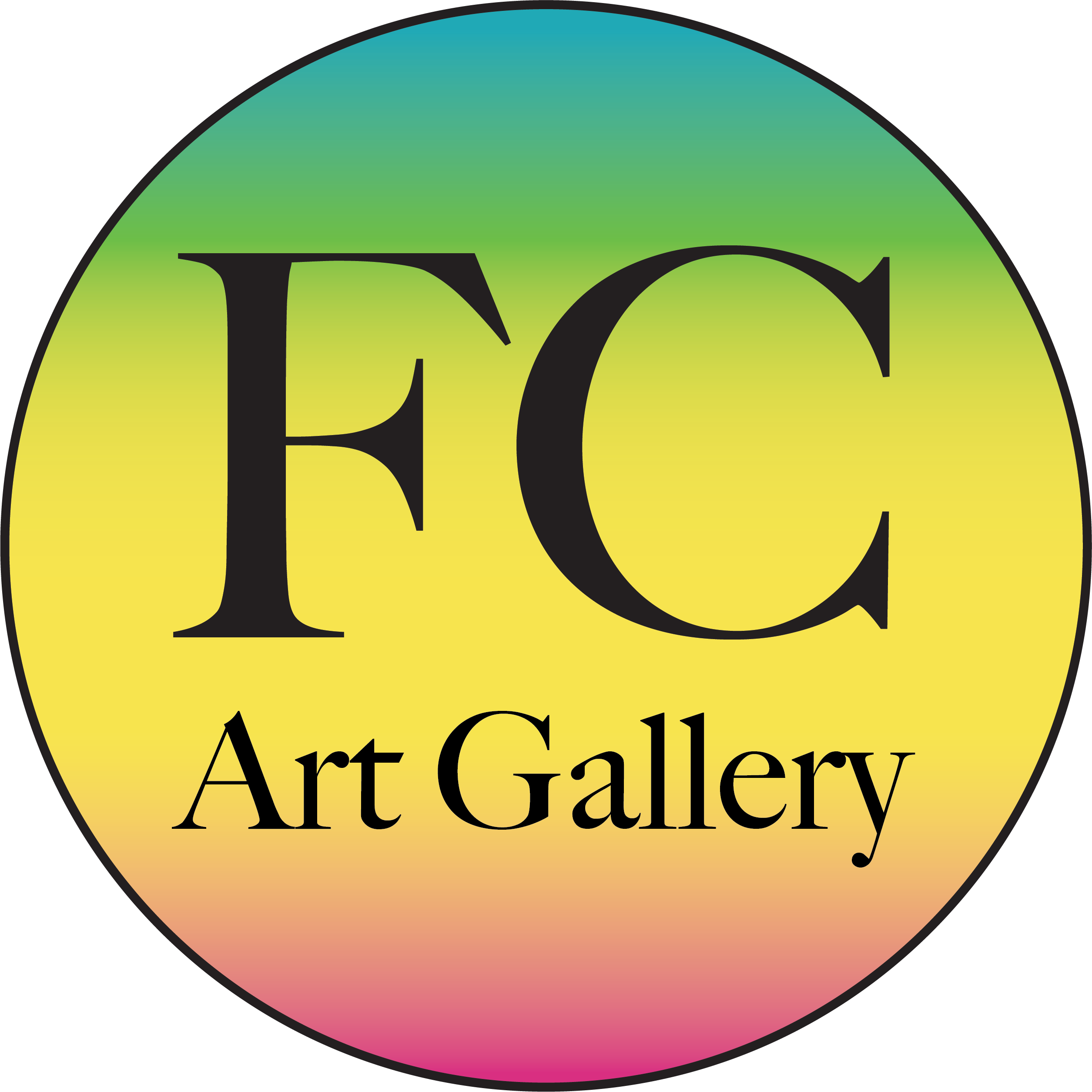creating the creation
canvas, acrylic, wax paper
ART 160 - McCauley
This was a garment piece for a beginning sculpture class, and I always admired Michelangelo's creation of Adam so I thought I would put a twist on it. I added all my extra wax paper pieces from many art pieces I have done before almost like a nod to the work and time spent on these paintings. It shows how I get to the end of the masterpiece.
★ ★ ★ ★ ★ ★ ★ ★ ★ ★ ★
sister + syrup = sticky
acrylic paint
ART 189 - Metzger
I painted this portrait of my older sister, she is my best friend and always supports me in my art. I actually had to pour syrup all over her face in order to get the perfect reference picture for this piece. She was a trooper and let me drench her in a sticky uncomfortable substance all for this painting and I just love that I could really bring her spirit and beauty to life in this piece.
See this artwork in the Portraits Exhibition.
★ ★ ★ ★ ★ ★ ★ ★ ★ ★ ★

Jean-Marc Nattier, Portrait of Madame Bonnier de la Mosson as Diana (Constance-Gabrielle-Magdeleine du Monciel de Lauraille), 1742, oil on canvas

Unknown, Heraldic Panel with the Arms of the Eberler Family, 1490, Pot-metal, flashed, and colorless glass, vitreous paint, and silver stain; lead came

Joseph Nollekens, Minerva, 1775, Marble
Throughout history and what still remains even in the 21st century women are viewed as less superior and in a broader sense weaker than men. Although science proves there are differences in our physiology to some males, it is completely false and ignorant to say we are not equally as strong in many other ways. This collection of artworks symbolically displays just how powerful women are. The artworks in this exhibition include the marble statue made in 1775 titled Minerva by Joseph Nollekens, the oil painting on canvas made in 1742 by Jean-Marc Nattier titled Portrait of Madame Bonnier de la Mosson as Diana (Constance-Gabrielle-Magdeleine du Monciel de Lauraille), and a panel made from pot-metal glass, flashed glass and colorless glass around 1490 titled Heraldic Panel with the Arms of the Eberler Family by an unknown artist. The weapons of defense each woman holds is a standout feature since, especially in history, it was not a commonality to see girls with guns or swords. The recent burst of women empowerment and women's rights movements has become a more popular topic of discussion only recently in the last 70 years. To see art envisioning women in a more vigorously independent way as opposed to a sexualized beauty figure in such ancient times is tremendous. Regardless of the artist’s purpose for the pieces during that time, seeing it in today's generation they remain just as powerful.
Much of Greek and Roman Mythology consisted of strong godlike women who were worshiped by all. “In eighteenth-century France it was fashionable for aristocratic women to have their likenesses made in the guise of mythological or historical roles.”[1] For artist Jean-Marc Nattier his portrait of Madam Bonnier de la Mosson was solely for the popular trend, since strong women only existed in mythology. “Nattier was a Rococo style french painter who was known for his portraits of the ladies of King Louis XV’s court in classical mythological attire.”[2] This was popular for the Rococo period to include myth themes along with white and pastel colors. Depicted in this portrait is “Madame Bonnier de la Mosson, a member of Parisian society whose literary salon was a popular meeting place for the most noted people of her day, she appears as Diana, goddess of the moon, the forest, and the hunt.”[3]1 Madame Bonnier is drawn with a bow and arrow in her hand along with a leopard skin draped over her arm while wearing a gown. She seems to be sitting outside in nature, a commonality in many Rococo period paintings such as The Swing By Jean-Honore Fragonard or Marie-Antoinette with the Rose by Elisabeth Vigee Le Brun. The major elements used in this portrait are definitely color, although all territory hues, the pop of salmon toned red in her cheeks along with the material surrounding her, compliments the green tones in the background of the piece. The texture in the material along with the animal skin and tree bark offers a contrast to the smoother airbrushed look of the painting. The fairness of her skin also gives a brightness that contrasts the darker background. This creates an emphasis on the subject Madame Bonnier and her demeanor that exuberates a confident and secured lady as she gazes to the viewers.
Well known sculptor of the 18th century London Joseph Nollekens commonly created many mythological marble statues similar to that of Minerva. The rediscovery of ancient Greece and Roman ideals lead to a burst of inspiration in the arts, creating the neoclassical period. This kind of sculptor was fitting and of abundance for its time.“Minerva was the Roman goddess of wisdom, medicine, commerce, the arts in general, and later, war.”[4] In the story of ancient mythology Paris, an important person of the Trojan war, chose Venus, goddess of love and beauty, instead of Minerva who offered him victory and fame in war.[5]4 This is of course predictable that a man would choose the beauty of a woman over one with strength offering him the world. The statue consists of Minerva wearing armor including a shield and helmet. The shield sits at her left side and on it is carved the head of Medusa known in mythology to keep away enemies. The definition that Nollekens creates in her arm is another feature that speaks to the idea of women being depicted as both strong and beautiful. With societal standards nowadays women being bigger or more muscular than the male species is frowned upon, so even this small feature makes a big statement. The elements and principles of design that stand out is the balance and proportion of the sculpture. Minerva is a standing statue so stability was obviously a necessity for Nollekens. The proportions are also catering to the natural human anatomy which is why this marble artwork is so accurate. Shape along with form are also elements Nollekens applied to create this marbled realism.
Art is created with a variety of media. A well known kind in the renaissance period was stained glass windows, often seen in churches used to depict religious stories. The Heraldic Panel with the Arms of the Eberler Family had a different purpose. It was commissioned to an unknown artist for the Elberler family’s home in Switzerland. Although the artist is a mystery it is said the “motifs and style bear close comparison to the work of the Basel glass painter, Lucas Zeiner, as well as to the earliest work of the great Swiss Renaissance master, Niklaus Manuel Deutsch.”[6] Also said to be a comedic decorative piece of the family's coat of arms. Which is why the two red boars have human-like facial expression. The maiden is obviously the subject of interest; she is faced away from the boars and seems to be prepared to use the dagger she carries if necessary. The above images of young men and women are said to be hunting falcons, a flirtatious activity for people of the renaissance time.[7] Although the window is separated into pieces, by thick black lines, each image creates harmony in the whole piece. The colors are another element that makes the work so intriguing, The vibrant yellow and gold framing contrasts well with the rich red of the boars. The warm toned color pallet gives a fierce tone to the window's meaning. Having the woman centralized and in the possession of power seems odd yet refreshing for it being made in the 15th century.
Gender roles in the 21st century have become almost nonexistent. With women in combat and in politics it shows how far society has come since the centuries before us. For artwork created in such ancient times these three pieces give a lesson relevant in today’s world. Women can be just as masculine as a man. Although this representation of powerful greek goddesses through human anatomy was the only purpose of the Minerva sculptor and Portrait of Madame Bonnier de la Mosson as Diana, it is important to realize the modern perspective of this art. Women can be worshiped and masters of trades in real life too. They are fighters and have muscles, they do not need protection they can protect. Another valuable commonality in these works is how graceful and feminem they remain even with weapons in their hands. This proves how much peace and beauty women bring to the human race, that even with the ugliness of war and weaponry the artworks remain peaceful.
For many women the constant limitations and expectations society has set for the female species is unhealthy. This is why ideas of strength and independence are important to install in girls of youth and women in general. Concepts of women doing anything a man can do should be familiarized. Art like this can be used to spread ideals in an inspiring way. If seeing a renaissance painting where a woman is holding a weapon symbolizing how powerful she can be, provokes a motivation in females to see they are more than just beautiful statues, the exhibition was a success. Although each artwork in this collection is of different media, year and style it shows that universally women are warriors. All genders, shapes, sizes, ethnicities and ages are equal human beings. Strength has no sex so in the words of Norman Rockwell’s Rosie the Riveter, “we can do it!”
Footnotes
[2] The Editors of Encyclopedia Britannica. “Rococo.” Encyclopedia Britannica, Encyclopedia Britannica, Inc., 2 Apr. 2019
[7] Glassthatisstained. “Heraldic Panel with the Arms of the Eberler Family.” Through the (Stained) Looking Glass, 14 Apr. 2016
[6] “Heraldic Panel with the Arms of the Eberler Family (Getty Museum).” The J. Paul Getty in Los Angeles
[4] “Minerva.” The J. Paul Getty Museum
[1] “Portrait of Madame Bonnier De La Mosson as Diana (Constance-Gabrielle-Magdeleine Du Monciel De Lauraille).” The J. Paul Getty Museum


